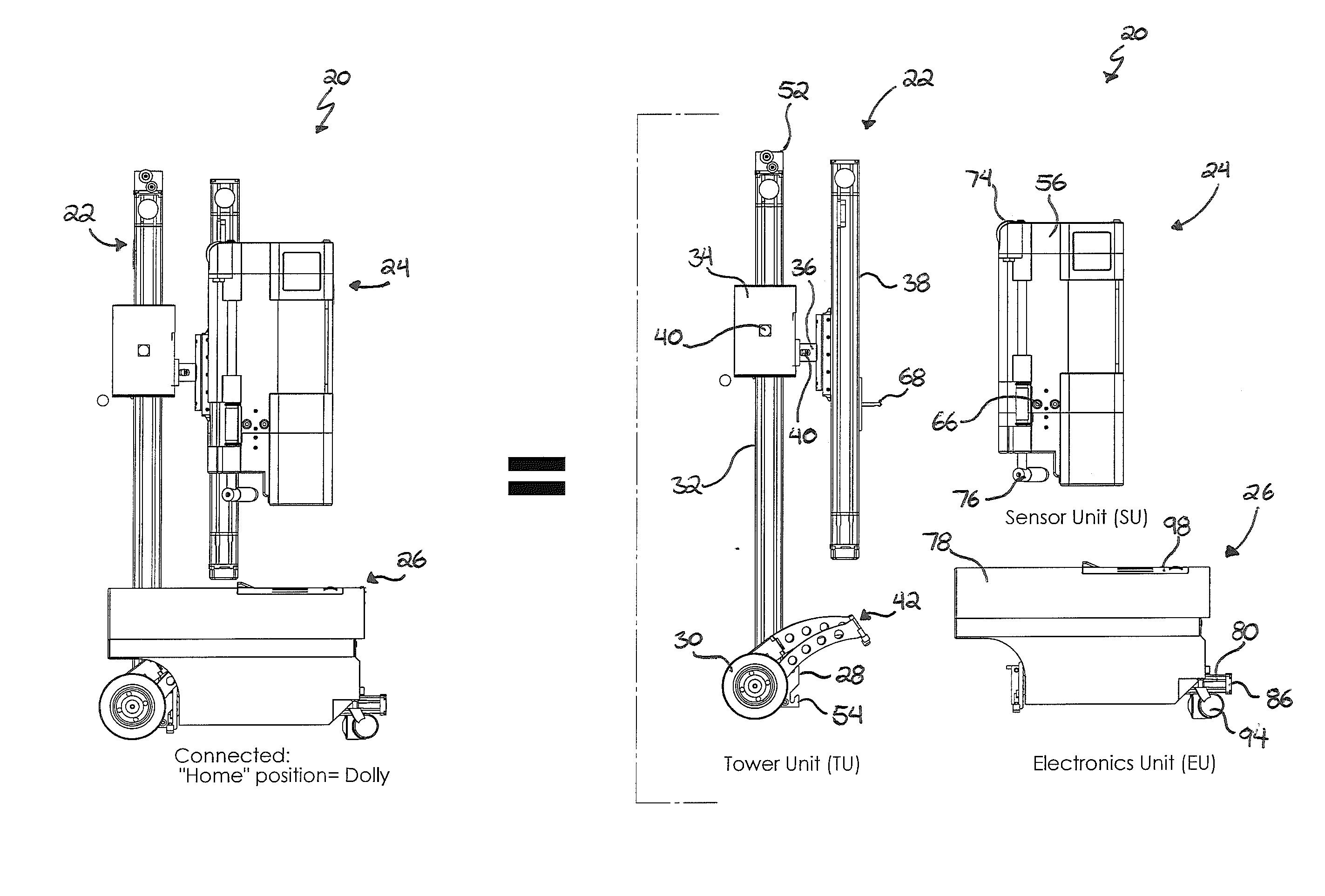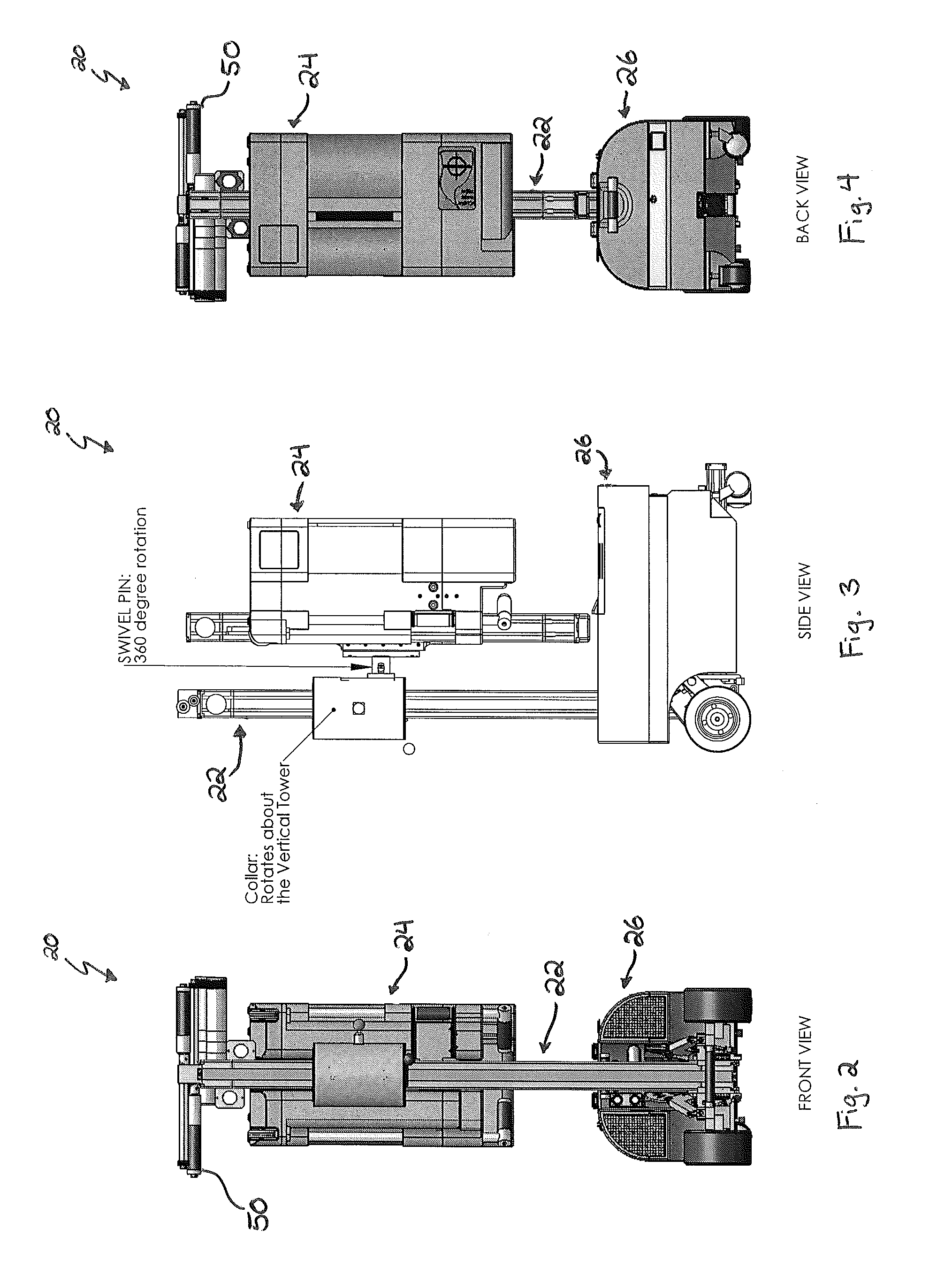Additionally, the sheer volume of the current levels of international travel and trade further complicates the problems already associated with inspecting cargo at ports of entry and departure.
Public transportation systems, transportation terminals, airports, hotels, shopping centers, and other large public venues in particular are vulnerable to terrorist attacks, which place entire communities and even national security at risk.
Significant economic losses and interruption of vital services can result from even short-term disruptions.
However, while anomaly detectors are useful for
flagging “suspicious” items, they cannot determine for sure whether the object or contents in question actually are explosives, illicit substances, or biological agents, or merely some harmless substance.
However, X-rays suffer from the main
disadvantage of having a small interaction probability with the low-
electron density elements from which organic materials, including most explosives and illicit drugs, are composed.
Therefore, all these substances have undistinguished X-
ray absorption or incoherent scattering characteristics.
Also, X-rays in particular are susceptible to false negatives because of the inability to see through relatively dense shielding or masking that is usually employed to hide contraband and
threat materials.
Even though some newer X-
ray machines incorporate automated image recognition to determine whether an image indicates a suspicious object instead of relying on the operator, they cannot conclusively identify the contents, so the suspect target still must be opened and manually inspected.
This makes detection by anomaly detectors such as X-rays in many cases unreliable and unsafe and prone to an unacceptable rate of false alarms.
Additionally, current
neutron activation / gamma
spectroscopy technology, such as fast
neutron activation analysis, lacks directionality and range.
As a result, large areas require numerous scans that, in turn, require a significant amount of time and
computer processing for an object to be fully interrogated.
Neutron activation based scanning thus presents a number of problems.
First, accurately scanning an entire object using currently known fast
neutron activation analysis techniques may be too slow for practical use in certain contexts such as screening luggage in airports.
Third, in order to perform multiple scans of a larger object, the typical
neutron activation based
scanner must be
shut down or deactivated for repositioning then restarted or reactivated between successive scans, thus increasing the amount of time to fully interrogate the object as well as the time the user spends near the object or in the immediate area of risk while repositioning.
While this may be efficient in the context of airport luggage screening and the like, it is not effective in other contexts where physically handling or moving the suspect object is inherently dangerous, such as when the object is a parcel or bag left unattended or abandoned in a public area, in an overhead compartment of an
airplane, or in other spaces having
limited access.
Additionally, in situations where the user is not aware of either the destructive range of or their proximity to the discovered explosive, there is a great deal of danger for both the user and the nearby public.
However, the prior art fails to teach such a portable detection apparatus having a
modular design that not only allows for relatively easy storage and deployment, but also enables scanning to be performed remotely on objects of varying dimensions from many different positions, orientations and angles, as well as at various heights, even when those objects are located in relatively confined spaces.
 Login to View More
Login to View More  Login to View More
Login to View More 


